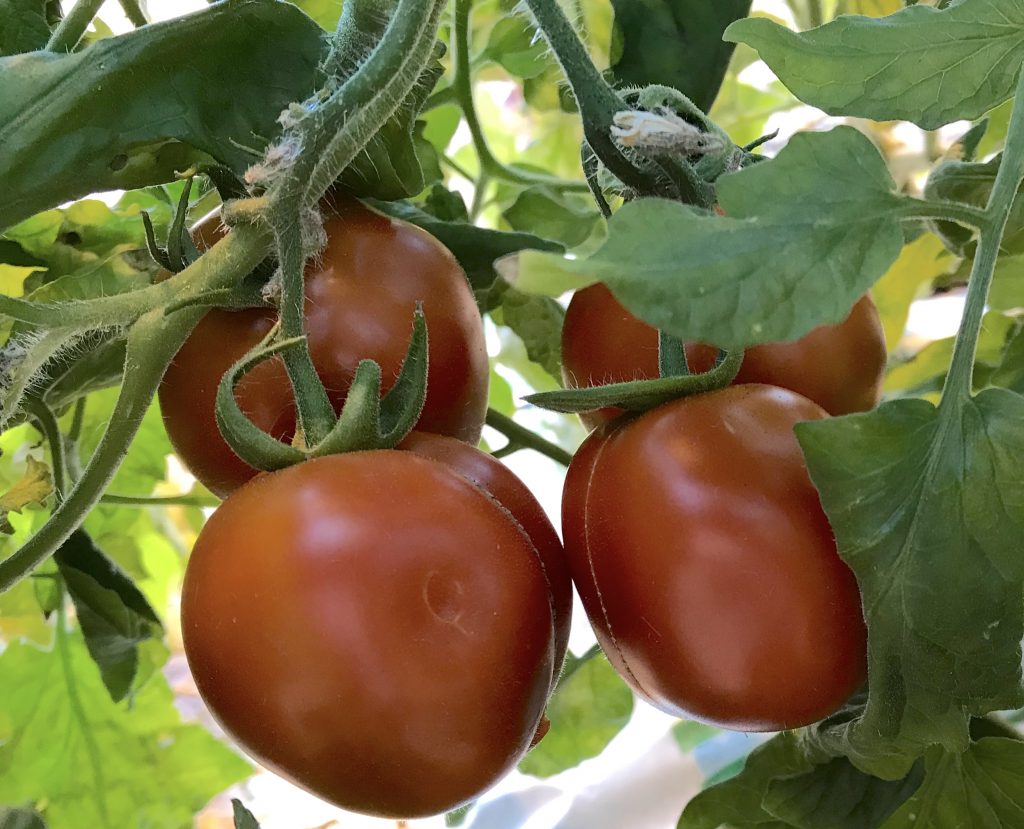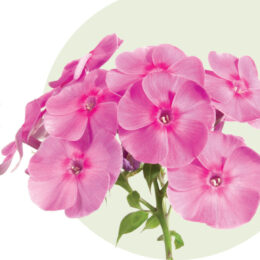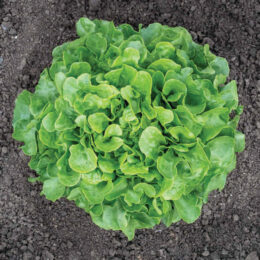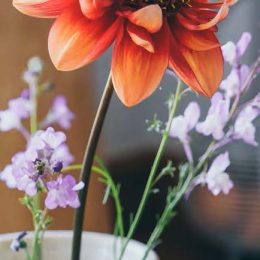
By B. Rosie Lerner
Most gardeners would agree that tomatoes are the most popular crop for home growing. But what gardeners can’t agree on is what tomato is considered “the best,” since taste is such a personal matter.
The diversity of cultivars available makes it easy for anyone to grow tomatoes — even if all you have is a pot on the patio. The Burpee Seed Company introduced the first F1 hybrid tomato “Big Boy” in 1949. Since then, plant breeders have introduced thousands of hybrid tomatoes. Modern hybrids bring disease resistance, cold tolerance, nematode resistance, and hybrid vigor as well as a dazzling range of colors, shapes, and sizes.
There are several ways to classify the wide array of tomatoes that are so popular among gardeners today. First, you can group them by fruit size and shape. From small to large, there are: currant, cherry/grape, salad/cocktail, plum, pear, standard slicing, and beefsteak types.
Second, you can group tomatoes by the amount of time it takes for the plants to mature fruit for harvest. Seed packets will list the expected length of time to maturity in number of days, but in general, cultivars are classified as: early, midseason, or late-maturing. Early cultivars take 55 to 65 days from transplanting to the garden. Midseason is considered to be 66 to 80 days. Late types are those that need more than 80 days from transplanting.
Third, you can group tomatoes by the plant’s growth habit: determinate or indeterminate. Determinate plants tend to grow their foliage first, then set flowers that mature into fruit if pollination is successful. All of the fruit tend to ripen on a plant at about the same time. Indeterminate tomatoes start out by growing some foliage, then continue to produce foliage and flowers throughout the gardening season. These plants will tend to have tomato fruit in different stages of maturity at any given time once they start to set fruit.
More recent developments in tomato breeding have led to a wider array of fruit colors. In addition to the standard red ripe color, tomatoes can be creamy white, lime green, purple or nearly black. Pink and yellowish types have mistakenly been referred to as low-acid tomatoes, but in fact, these types are just higher in sugar, which makes them taste less acidic.
All tomatoes are warm-season crops that thrive when soil temperature is at least 60 F which meant this spring required extra patience with late, cooler than usual soil temperatures. But the old saying about good things coming to those who wait is true for tomatoes — whichever cultivars and colors you choose to grow.
Rosie Lerner is the Purdue Extension consumer horticulturist and a consumer of Tipmont REMC. Have a question about gardening? Use the form to send it to us. Or, questions about gardening issues may be sent to: “Ask Rosie,” Electric Consumer, P.O. Box 24517, Indianapolis, IN 46224, or ec@ElectricConsumer.org.



